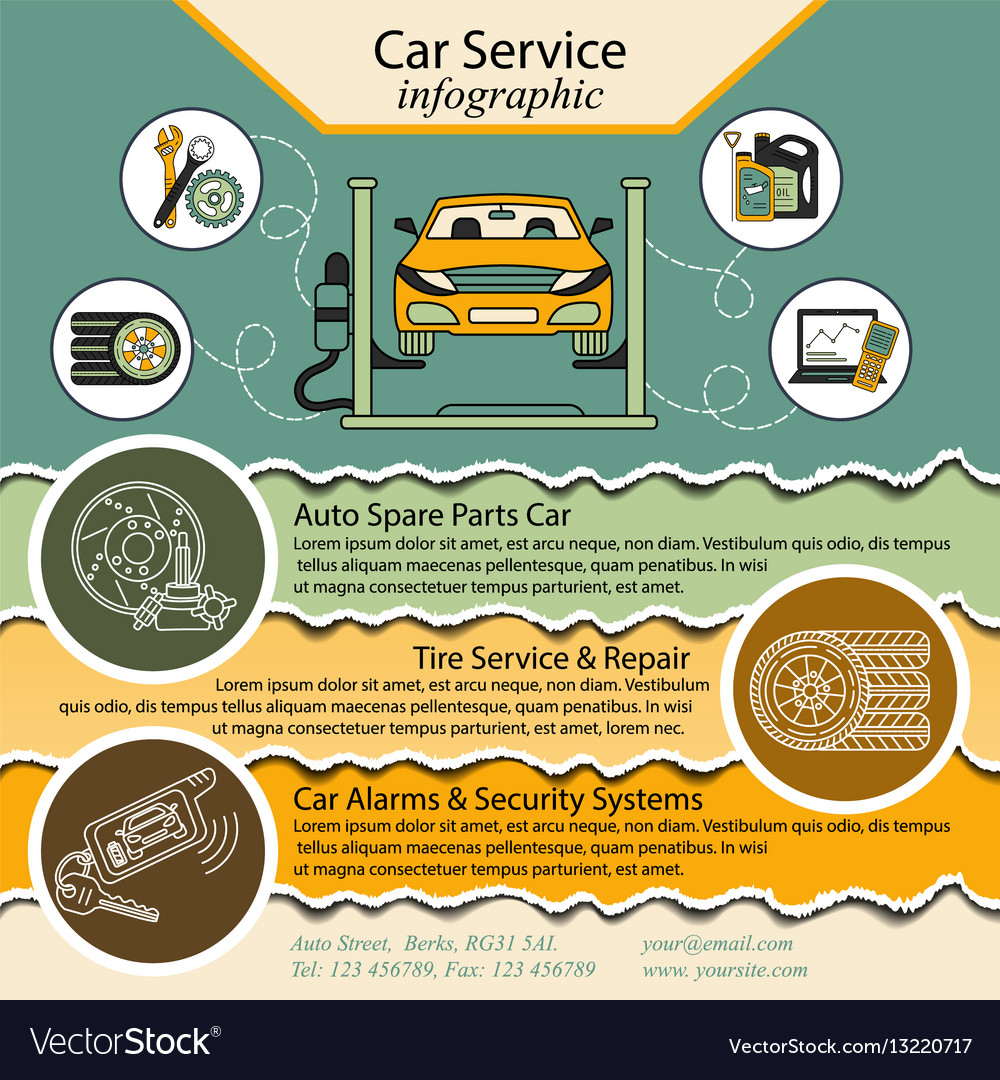Deciphering Your Car'S Caution Indicators: What They Genuinely Indicate
Deciphering Your Car'S Caution Indicators: What They Genuinely Indicate
Blog Article
Content By-Vinson Shepherd
When you're behind the wheel, those beautiful warning lights on your dashboard can be a little bit complicated. Do you recognize what they're attempting to tell you regarding your automobile's health and wellness? Recognizing the significance of these lights is crucial for your safety and security and the long life of your car. So, the following time one of those lights appears, would not you intend to decode its message accurately and take the necessary steps to resolve it?
Common Warning Lighting and Interpretations
Recognize common warning lights in your automobile and recognize their significances to make certain safe driving.
The most common caution lights consist of the check engine light, which signals problems with the engine or emissions system. If this light begins, it's vital to have your automobile checked quickly.
The oil stress alerting light shows low oil stress, needing immediate focus to avoid engine damages.
A blinking battery light might suggest a damaged charging system, potentially leaving you stranded otherwise dealt with.
The tire stress monitoring system (TPMS) light notifies you to reduced tire pressure, influencing car stability and fuel efficiency. Neglecting this could cause harmful driving problems.
The abdominal light shows a trouble with the anti-lock braking system, compromising your capability to stop rapidly in emergency situations.
Finally, the coolant temperature level advising light warns of engine getting too hot, which can lead to severe damage if not settled swiftly.
Recognizing these typical caution lights will help you address concerns immediately and maintain safe driving problems.
Value of Prompt Focus
Recognizing the common warning lights in your cars and truck is only the first step; the value of quickly addressing these warnings can not be stressed sufficient to guarantee your safety when traveling.
When a warning light illuminates on your control panel, it's your auto's method of connecting a possible problem that needs interest. Overlooking these cautions can cause a lot more extreme troubles later on, compromising your security and possibly costing you much more in repairs.
Prompt interest to warning lights can stop break downs and crashes. For go to the website , a flashing check engine light can indicate a misfire that, if left neglected, could trigger damages to the catalytic converter. Resolving https://brakeshops06273.newsbloger.com/32694820/just-how-can-mobile-cars-and-truck-describing-change-your-lorry-treatment-experience-while-ensuring-quality-discover-the-crucial-aspects-to-take-into-consideration-prior-to-selecting-a-detailer without delay can conserve you from a costly repair.
Similarly, https://www.globenewswire.com/news-release/2022/06/16/2464198/0/en/Global-Automotive-Repair-and-Maintenance-Services-Market-to-Reach-678-4-Billion-by-2026.html warning light could indicate reduced brake liquid or worn brake pads, critical components for your safety when driving.
Do It Yourself Troubleshooting Tips
If you discover a warning light on your dashboard, there are a couple of do it yourself troubleshooting suggestions you can attempt before seeking professional help.
The initial step is to consult your automobile's guidebook to recognize what the details caution light shows. Often the concern can be as easy as a loose gas cap causing the check engine light. Tightening up the gas cap may deal with the trouble.
https://car-oil-change62739.ambien-blog.com/38454581/how-mobile-auto-describing-services-can-conserve-you-money-and-time is a low battery, which can cause numerous advising lights. Checking the battery connections for deterioration and guaranteeing they're safe might take care of the trouble.
If a caution light persists, you can attempt resetting it by detaching the automobile's battery for a few minutes and after that reconnecting it. Furthermore, examining your car's liquid levels, such as oil, coolant, and brake liquid, can aid repair alerting lights associated with these systems.
Verdict
In conclusion, comprehending your vehicle's caution lights is important for maintaining your vehicle running smoothly and securely. By promptly addressing these signals and recognizing what they imply, you can stay clear of expensive repair services and potential malfunctions.
Keep in mind to consult your cars and truck's manual for particular details on each cautioning light and act accordingly to make certain a hassle-free driving experience.
Remain educated, stay safe on the road!
